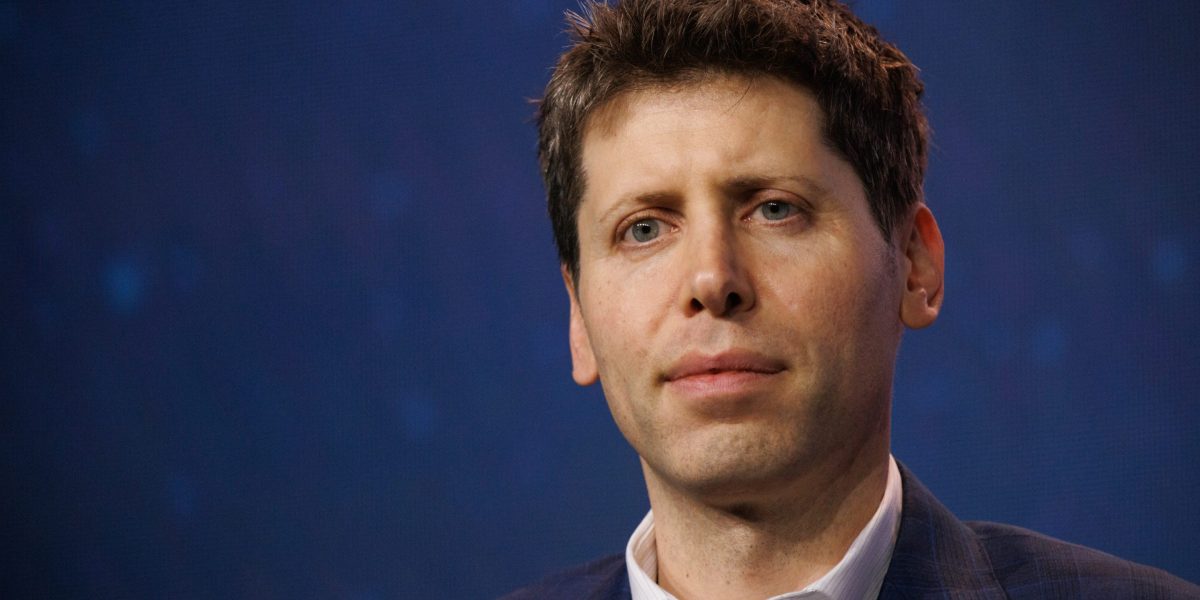
Consumers are tightening their belts and eating out less frequently, but sit-down restaurants like Chili’s and Cheesecake Factory are persevering because they’re delivering more value for about the same price as fast food.
Increasingly tight economic conditions are forcing consumers to reevaluate their spending, including how much they spend on eating out. About one-third of Americans said they’ve cut back on eating out and food delivery since the start of the year, according to market research firm Ipsos. This trend has hit fast food restaurants especially hard.
McDonald’s CEO Chris Kempczinski recently hinted its customers see fast food as too expensive, even as the company has doubled down on value deals. Chipotle and Cava both missed Wall Street forecasts for the second quarter, and Wendy’s CEO Ken Cook said earlier this month the chain was “not happy with our sales performance.” Chipotle also reported a 4% same-store sales decline and 4.9% dip in quarterly traffic in July.
Meanwhile, sit-down chains are getting a boost, partly because consumers see them as delivering more value than regular fast food for nearly the same price.
Chili’s has led the charge with a 24% jump in same-store sales in its most recent earnings report. Guest traffic at Chili’s locations also increased by 16.3% over the quarter. Its success is based partly on moves to refine its menu and invest more in marketing, said Kevin Hochman, the CEO of Chili’s parent company Brinker International.
“We’re not the cheapest thing out there,” Hochman told The Wall Street Journal. “But because we have a total value proposition that works—great food, great service, and an atmosphere people enjoy—that’s why we’re winning.”
Andrew Dickow, leader of the food and beverage and consumer/retail practice for investment firm Greenwich Capital Group said while people are cutting back their spending on everyday meals, they’re prioritizing experiences. For many, this means a sit-down restaurant.
“Inflation has narrowed the perceived price gap between quick service and casual dining,” Dickow told Fortune. “Consumers can get substantial portions that can create ‘leftovers’ for the family, which creates real value. When fast food now feels expensive, the relative jump to casual dining seems smaller—and more justifiable.”
Cheesecake Factory has also seen a boost from this trend, with its stock up about 70% over the past 12 months. Meanwhile, Olive Garden owner Darden Restaurants’ stock is up 45% over the same period.
The strong results for sit-down restaurants marks a turnaround after 2024 saw the most bankruptcies for the sector since the pandemic. Now, even Applebee’s, which has long lagged behind its fast casual peers, reported same-store sales growth in the first quarter after eight straight declines.
Because non-promotional pricing between traditional fast food and sit-down restaurants is converging, consumers are now leaning more toward full-service locations that can offer a more unique dining experience for the same price, according to Mark Chambers, the retail sector leader at EY.
“Another key differentiator is the ability to serve alcohol, and for some adults, the option of enjoying a drink with dinner makes casual dining feel like a significantly greater value when meal costs are otherwise comparable,” Chambers told Fortune.















